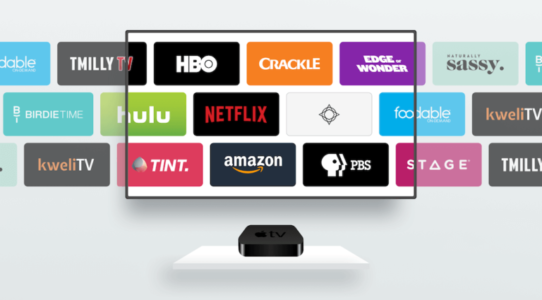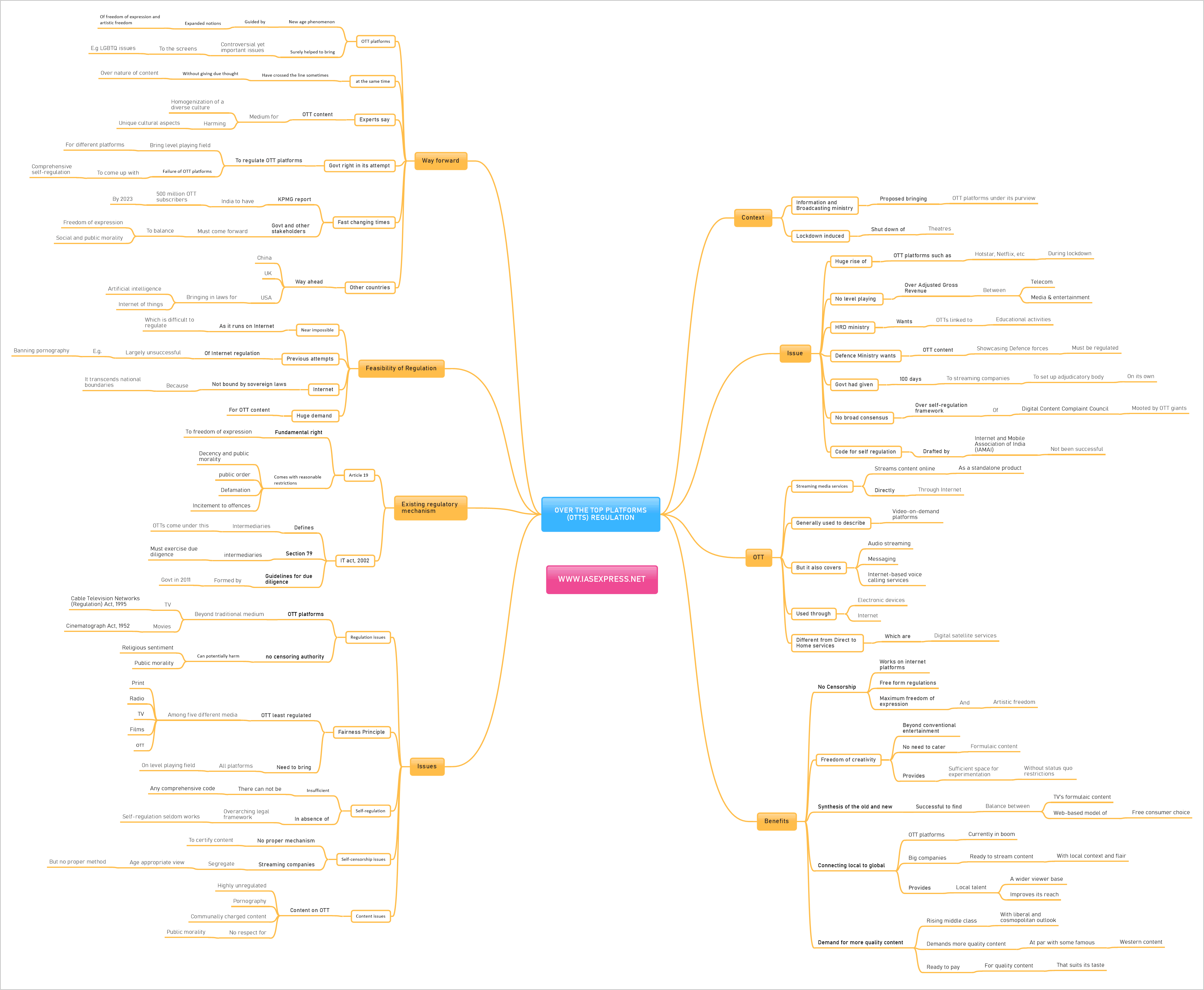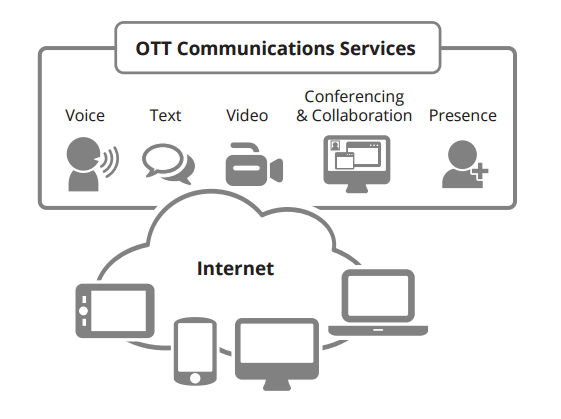Over-the-top platforms and their Regulation issues

From Current Affairs Notes for UPSC » Editorials & In-depths » This topic
IAS EXPRESS Vs UPSC Prelims 2024: 85+ questions reflected
The Information and Broadcasting Ministry (I&B) recently proposed bringing under its purview the contents that are streamed on Over-the-top platforms (OTTs). There is a debate going on over the content on the OTTs, its regulation and the lack of it. In the light of the pandemic lockdown, when the traditional means of entertainment like Theatre are unavailable and consumer is largely moving towards these OTT platforms, some experts believe there is a scope for regulating the OTT content.
Why is the debate over the OTT platforms and their regulation?
- During the pandemic lockdown, several OTT platforms such as Netflix, Hotstar, Alt Balaji, Zee5 have witnessed huge jump in their subscription.
- As movie halls are closed due to lockdown, several production houses have released their movies directly on OTT.
- The telecom and media & entertainment should be on equal footing in terms of adjusted gross revenue (AGR). Officials say that we cannot have two different rates of AGR for telecom sector and M&E sector for DTH providers. So, there is a need to convergence.
- The HRD ministry officials also feel that with the pandemic, the role of these online platforms for education sector So, there is a need to link human resource development with media and entertainment.
- The Defence Ministry also has complaints with these OTT platforms as they are distorting image of the armed forces. Defence forces are particularly concerned with How the uniforms, Medals, Rank and their insignia are shown in movies and shows.
- The government had given the OTT platforms 100 days to streaming companies to set up an adjudicatory body.
- There is also no broad-based consensus over the Digital Content Complaint Council which was mooted by OTT giants.
- In January 2019, the Internet and Mobile Association of India (IAMAI) had drafted a code for self-regulation but it has not been successful largely to contain indecent and communal content.
What is an Over-The-Top platform (OTT)?
- OTTs are streaming media services that streams content online as a standalone product. They stream content directly on internet through some means such as applications.
- The term OTT is generally used to describe the video-on-demand platforms like Netflix, Amazon prime, etc but OTTs also include audio streaming, messaging, internet-based voice calling services.
- It is used through electronic devices with internet such as smart phones, smart TVs, tablets, Laptops, etc.
- It is different from DTH (Direct-To-Home) services which are digital satellite services providing television viewing facilities which are subscribed by the consumers.
- The content and nature of DTH and OTT are very different. The nature of DTH is more social and that of OTT is personal.
What are the benefits of the OTT platforms?
No Censorship
- As the medium working on Internet which is relatively free from the regulations and censorship norms, it gives a free hand to the content creators to experiment without the fear of getting censored in the end.
Freedom of creativity
- As the OTTs are relatively new and separate from the conventional entertainment which largely follows some formulaic content generation and accepted public morality standards, they are highly liberated medium for creative art.
- They provide sufficient support and space for new age creative people to express themselves freely without any status-quo restrictions.
Synthesis of the old and new
- The OTTs have been successful to find a balance between TV’s formulaic content-based on passive consumption and web-based model of free consumer choice.
Connecting local to global
- The OTT platforms that are currently in boom are foreign-western owned. They are big companies which are ready to stream content with local context and flair. It provides local talent a wider viewer base and improves its reach.
- At the same time, it introduces local talent to some of the finest content creators and their content and makes way for an easy give and take of artistic genius
Demand for more quality content
- The rising middle class with liberal and cosmopolitan outlook demands more quality content in local languages at par with some famous western entertainment content.
- This class is ready to pay for quality content that suits its taste and it makes OTTs such a good platform to stream variety of content.
What are the issues with the OTTs?
Regulation issues
- As the OTT platforms are direct stream services beyond traditional TV and Theatre, it lacks sufficient regulatory cover.
- Films come under the Censor Board regulation by the Cinematograph Act, 1952. Censor Board provides different certification like for age appropriate viewing, etc.
- The cable networks come under the Cable Television Networks (Regulation) Act, 1995.
- As there is no censoring authority, the content can potentially harm religious sentiment, public morality, etc.
Fairness principle
- As of now, out of five different media- Print, Radio, TV, Films, OTT, first four are regulated and the OTT alone is beyond proper regulation.
- There is a need to bring all on level playing field as other platforms are under severe restrictions when it comes to content streaming or publishing.
Self-regulation
- The self-regulation method is insufficient as there can not be any comprehensive code of self-regulation acceptable to all streaming apps.
- In the absence of overarching legal framework, self-regulation seldom works.
Self-censorship issues
- The OTT platforms recommend content for age appropriate viewing. But there is no fixed framework for that. They put minimum age limit 13+, 16+ but there is no proper understanding of how this classification is done.
Content issues
- Many of the OTT platforms are coming under public criticism for their vulgar content which harms public morality.
- In the name of artistic freedom, the OTT platforms are streaming inappropriate content.
- Also, many people think that OTTs have become notorious to religious sentiments and indirectly harming communal harmony.
Is there any regulatory mechanism under existing laws?
- The article 19 which gives a fundamental right to freedom of expression comes with reasonable restrictions of decency and public morality, public order, defamation, incitement to offences, etc.
- Though there is no regulatory mechanism for OTTs as of now, all such platforms come under the Information technology Act, 2000 as they qualify to be called as Intermediaries.
- Section 79 of the IT Act, intermediaries must exercise due diligence while streaming content.
- The Guidelines for due diligence have also been framed by the government in 2011.
Is it possible to regulate the OTTs?
- As of now, it is near impossible to regulate the OTT content as done for traditional mediums. The Internet is beyond any regulation.
- We have unsuccessfully tried to regulate in the past as in case of websites of pornographic content. The scale at which internet works is not possible to contain.
- The internet is not any countries sovereign property. It breaks the barriers of national jurisdiction. So, it cannot be contained under certain national laws.
- Also, unfortunately, there is a huge demand for OTT content from the public which makes it even difficult to regulate.
What is the way forward?
- The OTT platforms are a new age phenomenon guided by expanded notions of freedom of expression and artistic freedom.
- They have surely helped to bring issues that cannot be brought to traditional screens like LGBTQ rights, etc.
- But at the same time, they also have crossed the line sometimes without giving due thought over the nature of content. Some say that it is in the process to create homogeneous moralities and harming unique cultural aspects.
- The government is right in trying to bring level playing field in different media. The principle of fairness is important in any field.
- The OTTs must comply with national and local laws. The laws are made in context of local conditions of culture, moralities.
- In case of failure of OTT platforms in coming up with a comprehensive self-regulatory mechanism with due diligence government must bring in required regulations.
- In times of fast changing entertainment media, government and other stakeholders must come together to bring proper framework that will balance the freedom of expression and necessary restrictions for the sake of law and order.
- Other countries of the world such as China and USA have come forward to device laws in the wake of progress in artificial intelligence and Internet-of-things. India with its huge diversity and demographic nature cannot remain behind.
Conclusion
According to KPMG report, India is set to have more than 500 million subscribers to OTTs by 2023. The regulation of OTT platforms is a necessary evil in the wake of unbridled content creation on these platforms and in a futuristic sense as these platforms are set to grow exponentially.
Practice Question for Mains
What are OTT platforms? Critically analyze the issue of regulation of OTTs. (150 words)
If you like this post, please share your feedback in the comments section below so that we will upload more posts like this.




